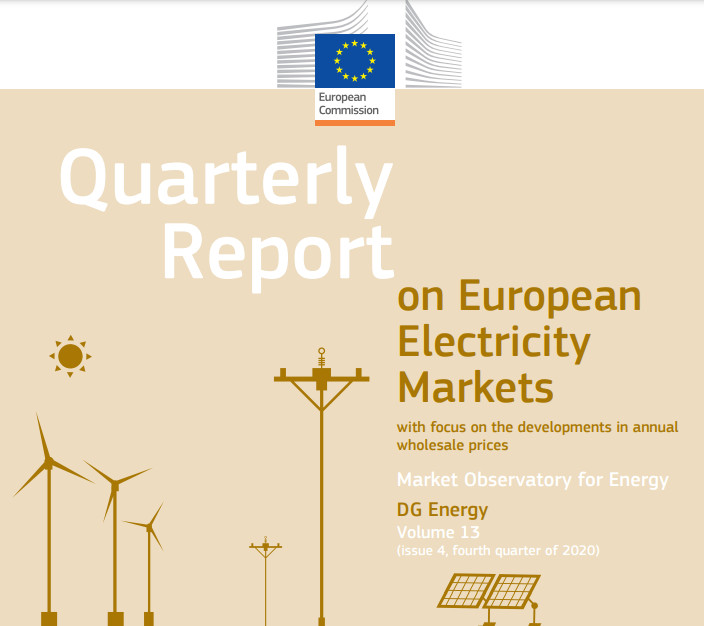Kategori : ELECTRICITY ENERGY NEWS, ENERGY AGENDA NEWS - Tarih : 14 May 2021
Electricity consumption in the EU was only 1% below last year’s levels in the 4th quarter of 2020. Industry and household demand started to pick up. Demand returned to pre-epidemic levels in December, despite a small decline in November, affected by a wave of seclusion measures.
The EU electricity consumption average prevented any major differences in member states to be seen. Because consumption has increased significantly year by year in 10 countries (Hungary + 5%, Romania + 3%, Poland + 1%), while the rest remained in the negative zone. Scandinavian countries  experienced significant declines in consumption due to very hot weather (Denmark – 8%, Sweden – 6%). Large economies experienced 1-3% declines.
experienced significant declines in consumption due to very hot weather (Denmark – 8%, Sweden – 6%). Large economies experienced 1-3% declines.
While 2020 was an exceptional year in many respects, coal and lignite production fell 22% (-87 TWh) and nuclear production fell 11% (-79 TWh). Natural gas was relatively less affected due to its very affordable price intensifying the transition from coal to gas and from lignite to gas.
Rising renewable energy generation in the EU was largely supported by the addition of 29 GW of solar and wind capacity in 2020, which is comparable to 2019 levels, showing that the epidemic cannot significantly derail renewable energy expansion, while meeting the more ambitious 2030 climate targets.
Demand for electric-chargeable vehicles (ECVs) continues to rise in the 4th quarter of 2020, thanks to automakers ‘efforts to meet stricter emission targets and Member States’ expanded support policies, despite very different home-charging prices in Europe. Road driving is still cheaper than conventional ICE (internal combustion engine) vehicles.
Source: “Quarterly Report on European Electricity Markets”, European Commission >>





